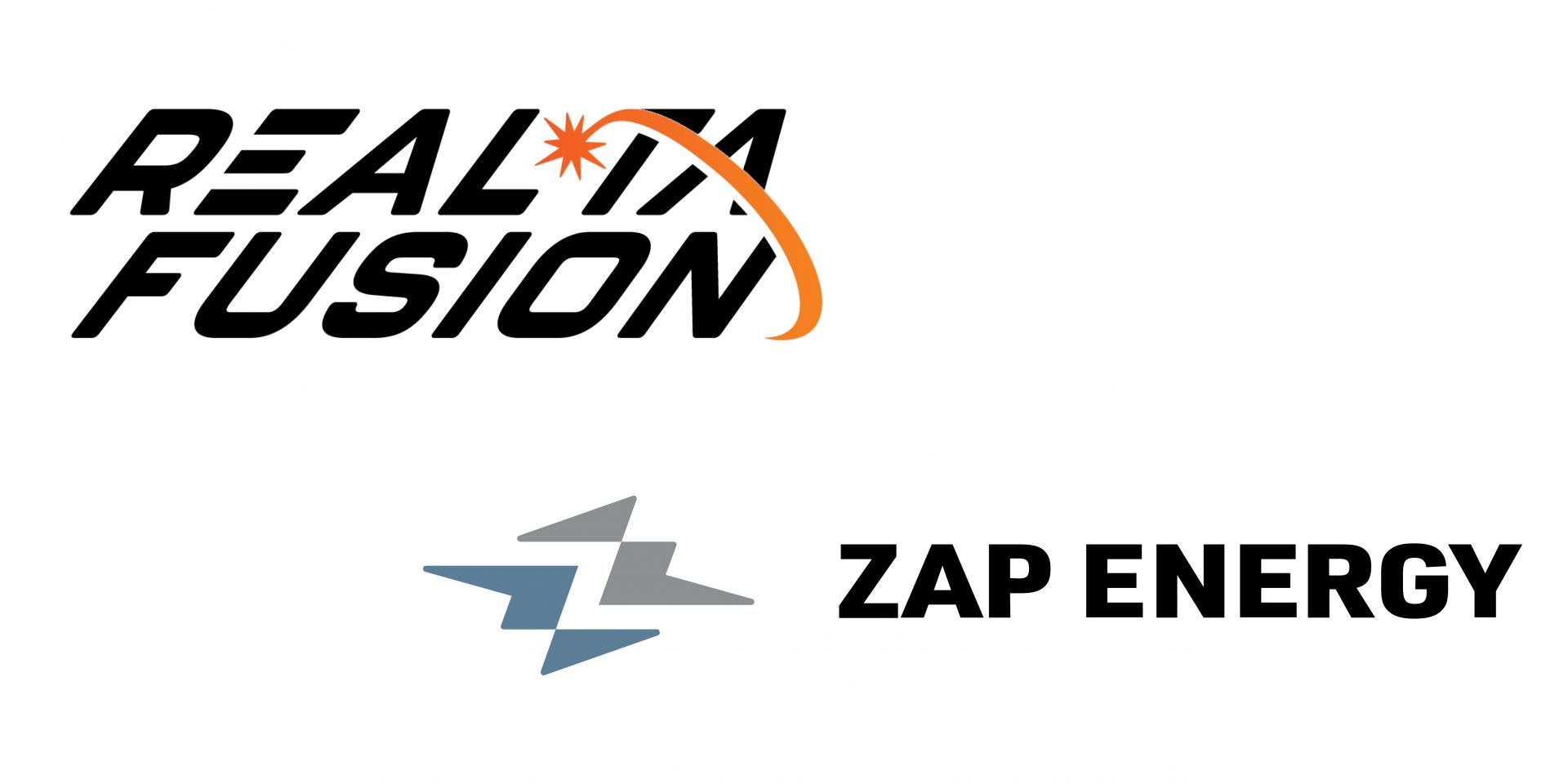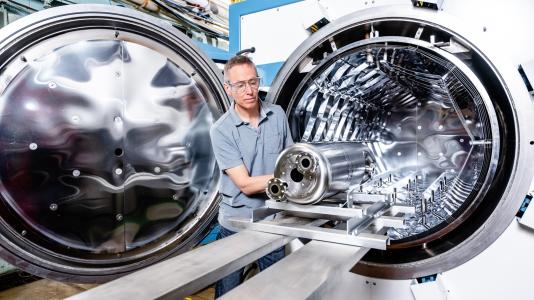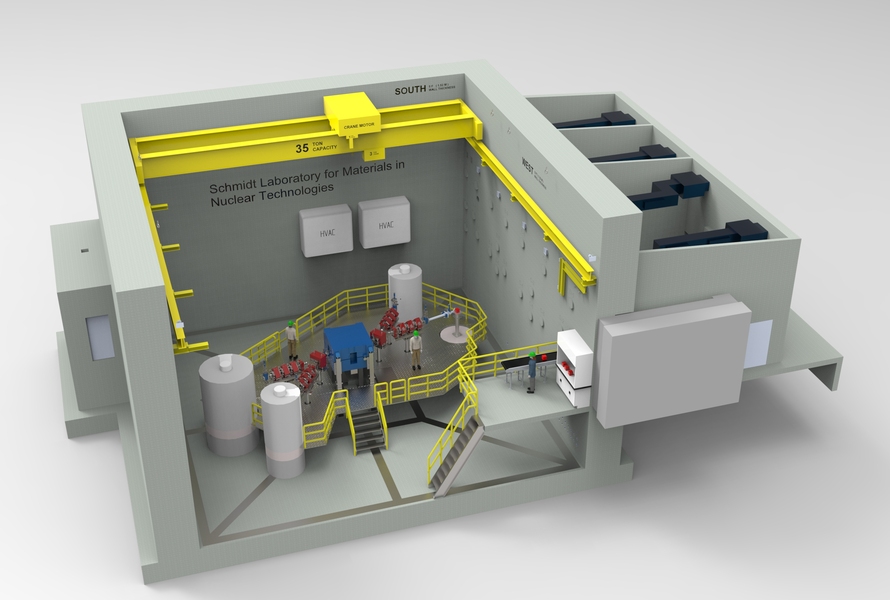Realta Fusion and Zap Energy: DOE’s "innovative concept" fusion pilot picks

Realta Fusion of Madison, Wis., and Zap Energy of Everett, Wash., are just two of the eight fusion developers selected by the Department of Energy for funding last week under the public-private Milestone-Based Fusion Development Program. They are the two companies with power plant concepts that don’t fit neatly into established fusion confinement categories. As energy secretary Jennifer Granholm said when she announced the awardees, “Some are working on more technically mature approaches like tokamaks and stellarators and laser inertial fusion, and others are working on innovative concepts with lower technical maturity like mirror and Z-pinch, which could lead to more compact and lower cost systems.”








